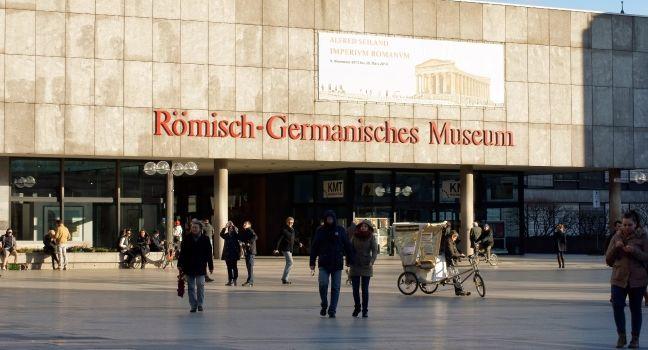Rheinisches Landesmuseum
The largest collection of Roman antiquities in Germany is housed here. The highlight is the 4th-century stone relief of a Roman ship transporting barrels of wine up the river. This tombstone of a Roman wine merchant was discovered in 1874, when Constantine's citadel in Neumagen was excavated. Have a look at the 108-square-foot model of the city as it looked in the 4th century—it provides a sense of perspective to many of the sights you can still visit today.




